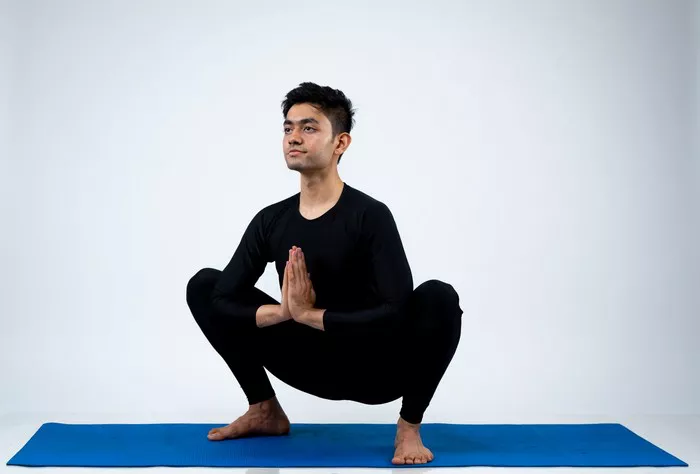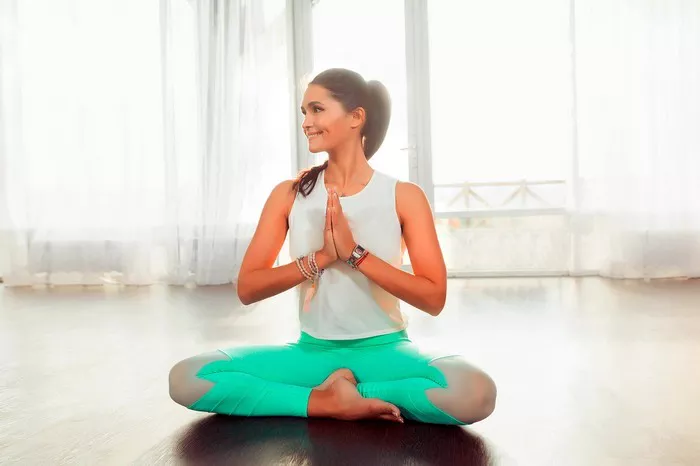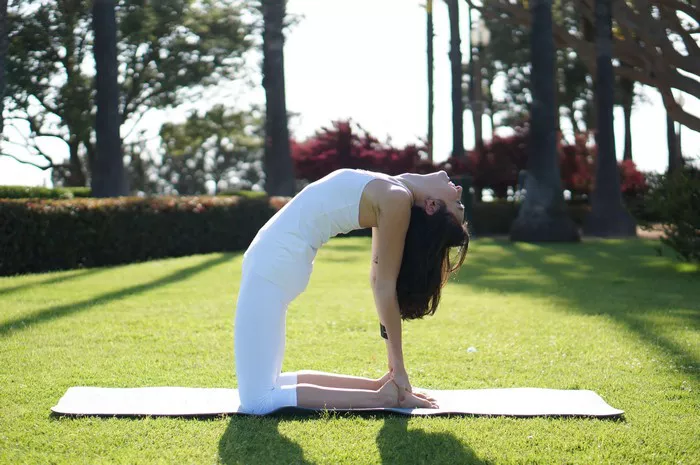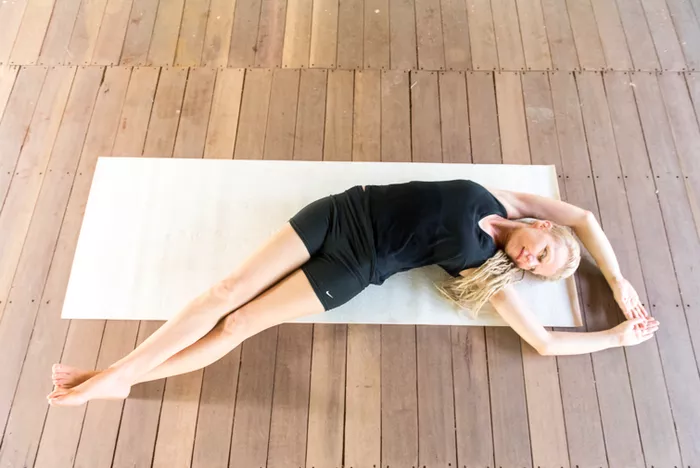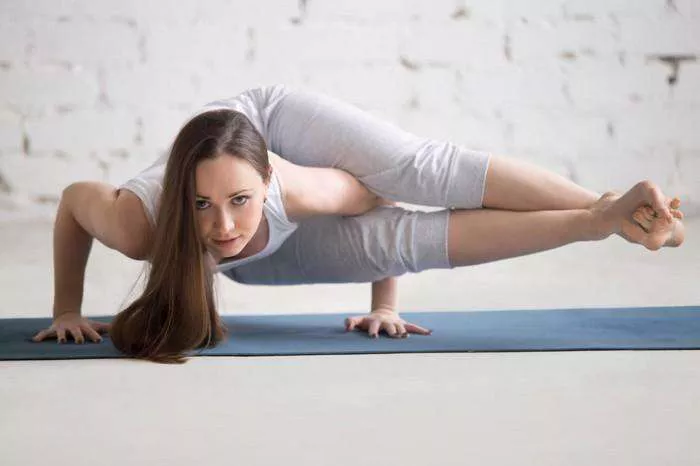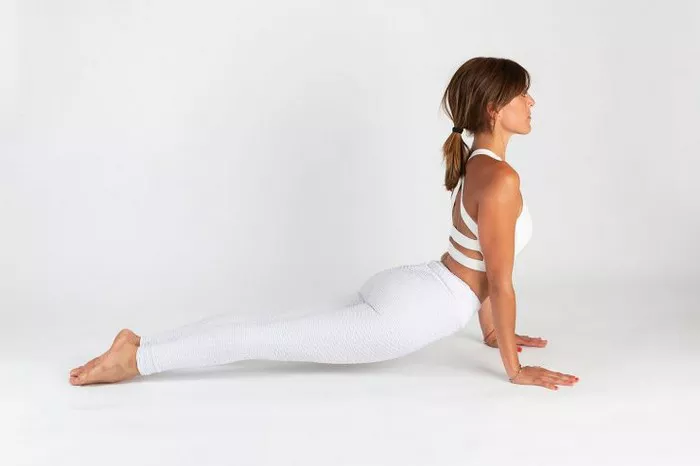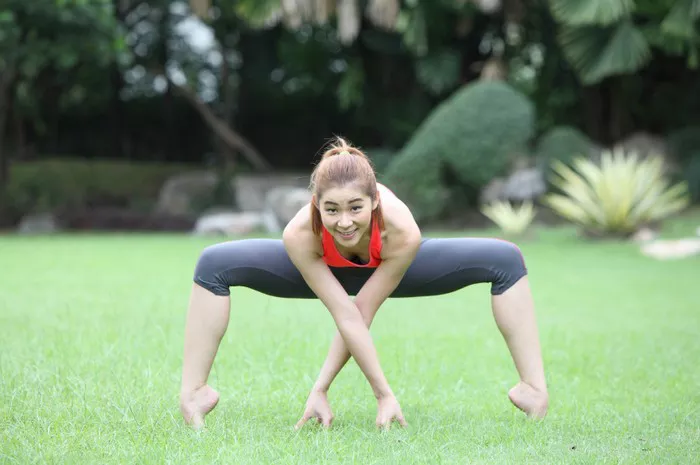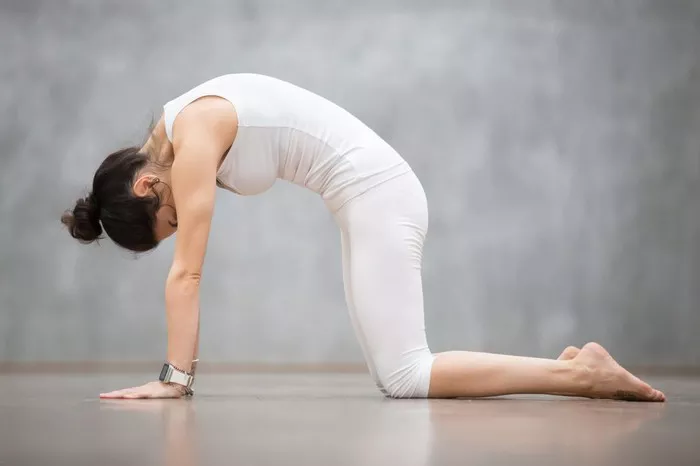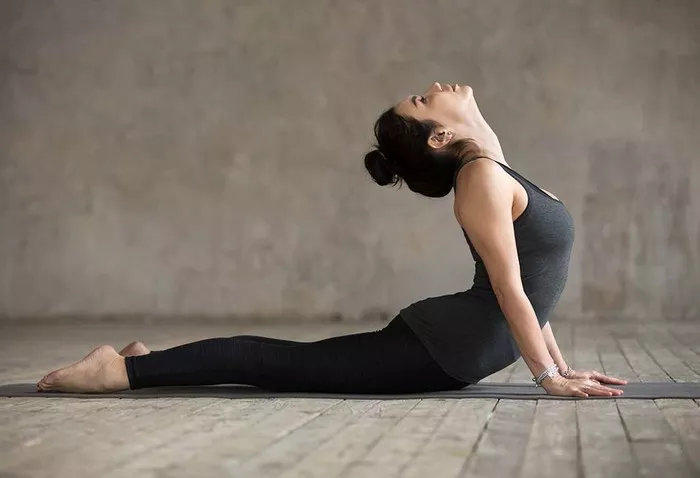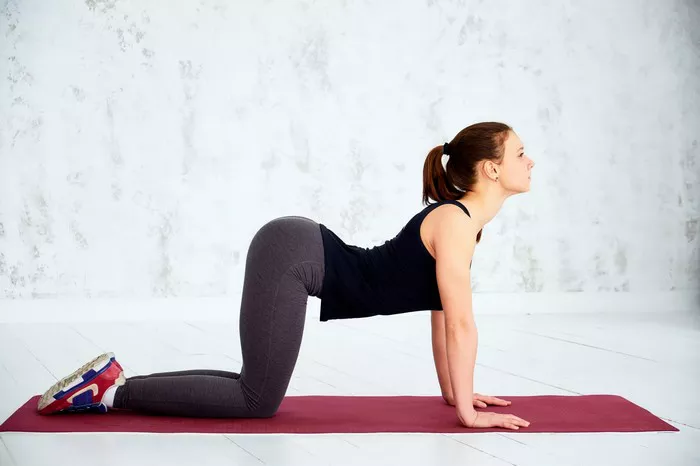In the fitness realm, an unwavering pursuit of a sculpted, muscular physique prevails. Most gravitate towards traditional powerhouses like weightlifting or high – octane CrossFit workouts. However, quietly emerging from the ancient East, Hatha Yoga has started to make waves, touted for its remarkable physical benefits. But a lingering question persists: can Hatha Yoga truly rival conventional muscle – building methods? Let’s embark on an in – depth exploration of Hatha Yoga, uncovering its hidden potential to build muscle and transform the body.
Understanding Hatha Yoga
The Basics of Hatha Yoga
Hatha Yoga is one of the most well – known and widely practiced forms of yoga. The term “Hatha” itself is significant. “Ha” represents the sun, symbolizing masculine energy, warmth, and activity, while “tha” represents the moon, symbolizing feminine energy, coolness, and passivity. Hatha Yoga aims to bring balance between these two opposing forces within the body.
It is a comprehensive practice that encompasses a variety of physical postures (asanas), breathing techniques (pranayama), and relaxation methods. The asanas in Hatha Yoga are diverse, ranging from gentle stretches to more challenging poses that require strength, flexibility, and balance. These poses are not just about physical movement; they are also a means of connecting the mind, body, and spirit.
The Role of Asanas in Hatha Yoga
Asanas are the physical postures that form the core of Hatha Yoga practice. There are numerous asanas, each with its own unique benefits for the body. Some asanas focus on stretching and lengthening the muscles, while others engage and strengthen them.
For example, the Warrior II pose (Virabhadrasana II) is a standing asana that works multiple muscle groups simultaneously. The legs are in a lunge position, which engages the quadriceps, hamstrings, and glutes. The arms are extended, working the shoulders, triceps, and chest muscles. This pose not only builds strength but also improves balance and stability.
Another example is the Plank pose (Phalakasana). In this pose, the body is held in a straight line, parallel to the floor, supported by the hands and toes. The Plank engages the entire body, with a particular emphasis on the abdominal muscles (rectus abdominis, obliques), the muscles of the arms (biceps, triceps, and shoulders), and the muscles of the back (erector spinae). Holding the Plank for an extended period challenges the muscles, leading to increased strength and endurance.
Pranayama: The Breath Connection
Pranayama, the practice of controlling the breath, is an integral part of Hatha Yoga. It is not just about breathing in and out but about using specific breathing techniques to regulate the flow of energy (prana) in the body.
One common pranayama technique is Ujjayi breathing. In Ujjayi breathing, the breath is drawn in and out through the nose, creating a soft, audible sound. This sound is produced by constricting the back of the throat slightly, similar to the sound of ocean waves. Ujjayi breathing helps to calm the mind, increase oxygen intake, and enhance the body’s energy levels.
When combined with asanas, pranayama can have a profound impact on muscle engagement. Proper breathing during yoga poses allows for better oxygen delivery to the muscles. Oxygen is essential for muscle function, as it is used in the process of energy production. When the muscles receive an adequate supply of oxygen, they can work more efficiently, leading to increased strength and endurance.
The Muscle – Building Process
Muscle Physiology Basics
To understand how Hatha Yoga might build muscle, it’s crucial to have a basic understanding of muscle physiology. Muscles are made up of muscle fibers, which can be classified into two main types: slow – twitch and fast – twitch fibers.
Slow – twitch fibers are more resistant to fatigue and are primarily used for endurance activities. They contract slowly but can sustain contractions for long periods. Fast – twitch fibers, on the other hand, contract quickly and powerfully but fatigue more rapidly. They are involved in activities that require short – bursts of intense energy, such as weightlifting or sprinting.
When we engage in physical activities, muscle fibers are activated. The more a muscle is challenged, the more fibers are recruited to perform the task. This recruitment of muscle fibers leads to muscle growth and adaptation over time.
The Mechanisms of Muscle Growth
Muscle growth occurs through a process called hypertrophy. Hypertrophy can be either sarcoplasmic or myofibrillar. Sarcoplasmic hypertrophy involves an increase in the volume of sarcoplasm, the fluid – like substance within the muscle cells that contains various nutrients and energy – storing molecules. This type of hypertrophy leads to an increase in muscle size without a significant increase in strength.
Myofibrillar hypertrophy, on the other hand, is the increase in the size and number of myofibrils, the contractile components of muscle fibers. This type of hypertrophy results in an increase in muscle strength. Resistance training, such as weightlifting, typically promotes myofibrillar hypertrophy.
In order for muscle hypertrophy to occur, the muscles must be subjected to a stimulus that exceeds their normal level of activity. This stimulus causes microscopic damage to the muscle fibers. The body then repairs these damaged fibers, and in the process, the muscle fibers grow stronger and thicker.
Hatha Yoga and Muscle Building
Strength – Building Asanas in Hatha Yoga
As mentioned earlier, many asanas in Hatha Yoga require significant strength. Poses like the Handstand (Adho Mukha Vrksasana) and the Crow pose (Bakasana) are advanced poses that demand a high level of upper – body strength, core stability, and balance.
In the Handstand, the body is inverted and supported by the hands. This pose engages the muscles of the shoulders, arms, chest, and core. Holding the Handstand for an extended period challenges these muscles, promoting muscle growth and strength development. Similarly, in the Crow pose, the body is balanced on the hands while the legs are tucked in, engaging the muscles of the arms, shoulders, and core.
Even more basic poses, such as the Tree pose (Vrksasana), contribute to muscle building. In the Tree pose, one leg is lifted and placed against the inner thigh of the standing leg, while the arms are extended overhead. This pose works on the muscles of the legs, including the quadriceps, hamstrings, and glutes, as well as the muscles of the core and shoulders to maintain balance.
Isometric and Eccentric Muscle Contractions in Hatha Yoga
Hatha Yoga also involves isometric and eccentric muscle contractions, which are important for muscle building. Isometric contractions occur when the muscle contracts without changing its length. For example, when holding a static yoga pose like the Warrior I pose (Virabhadrasana I), the muscles are in an isometric contraction. The quadriceps, hamstrings, and glutes are engaged to maintain the position of the legs, while the muscles of the arms and shoulders are working to hold the arms in the correct position.
Eccentric contractions, on the other hand, occur when the muscle lengthens while under tension. In Hatha Yoga, this can happen during the lowering phase of a pose. For instance, when coming down from a Standing Forward Bend (Uttanasana), the hamstrings are in an eccentric contraction as they lengthen to control the movement of the body. Both isometric and eccentric contractions play a role in muscle growth by challenging the muscle fibers and promoting adaptation.
The Cumulative Effect of Regular Hatha Yoga Practice
Regular practice of Hatha Yoga can have a cumulative effect on muscle building. By consistently engaging in a variety of asanas and pranayama techniques, the body is constantly challenged in different ways. Over time, this leads to increased muscle strength, endurance, and flexibility.
Moreover, the mind – body connection emphasized in Hatha Yoga can enhance the effectiveness of muscle building. When practitioners are fully present and focused during their yoga practice, they are better able to engage the muscles and perform the poses correctly. This mindfulness can also reduce the risk of injury, allowing for more consistent and effective training.
Comparing Hatha Yoga with Traditional Muscle – Building Methods
Intensity and Volume in Hatha Yoga vs. Weightlifting
Weightlifting is a well – established method for building muscle. It typically involves high – intensity exercises with heavy weights, which can lead to significant muscle growth, especially in terms of myofibrillar hypertrophy. The volume of weightlifting workouts, measured by the number of repetitions, sets, and the amount of weight lifted, is often much higher compared to a typical Hatha Yoga session.
In Hatha Yoga, the intensity is more moderate. The focus is not on lifting heavy weights but on using the body’s own weight and engaging the muscles in a more holistic way. The volume of muscle activation in Hatha Yoga is spread out over a longer period, with a greater emphasis on holding poses for an extended time rather than performing a large number of quick repetitions.
Type of Muscle Fibers Targeted
Weightlifting often targets fast – twitch muscle fibers more effectively due to the high – intensity, short – burst nature of the exercises. This can lead to significant increases in muscle strength and power.
Hatha Yoga, on the other hand, targets both slow – twitch and fast – twitch muscle fibers. The sustained holds in yoga poses engage the slow – twitch fibers for endurance, while the more challenging poses that require quick transitions or bursts of strength can also activate the fast – twitch fibers. This balanced approach can lead to a more well – rounded muscle development, with improvements in both strength and endurance.
The Mind – Body Aspect in Hatha Yoga
One of the key differences between Hatha Yoga and traditional muscle – building methods is the mind – body connection. In weightlifting, the focus is primarily on physical strength and muscle growth. While there is some mental focus required, it is not as integral to the practice as in Hatha Yoga.
Hatha Yoga emphasizes the connection between the mind, body, and breath. This mind – body connection can enhance muscle activation and control. When practitioners are able to relax the mind and focus on the breath during yoga poses, they can better engage the muscles and perform the poses more effectively. This can lead to improved muscle tone and strength, as well as a greater sense of overall well – being.
Conclusion
In conclusion, while Hatha Yoga may not build muscle in the same way as traditional weightlifting, it does have the potential to contribute to muscle development. The combination of strength – building asanas, pranayama techniques, and the mind – body connection in Hatha Yoga can lead to increased muscle strength, endurance, and flexibility.The diverse range of asanas in Hatha Yoga engages multiple muscle groups simultaneously, promoting overall muscle health. The isometric and eccentric muscle contractions that occur during yoga poses also play a role in muscle growth. Additionally, the cumulative effect of regular practice can lead to long – term improvements in muscle function.
Related Topics




